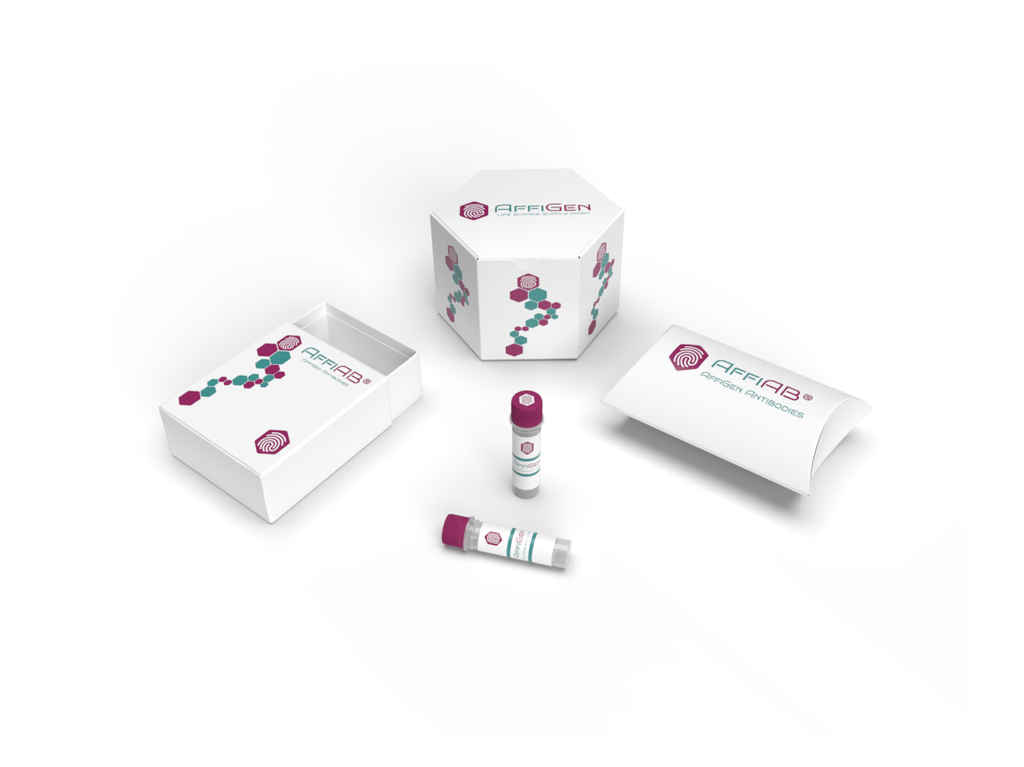AffiAB® Anti-Prolactin/PRL Antibody
Prolactin (PRL) , also known as luteotropic hormone or luteotropin, is a protein that is best known for its role in enabling mammals, usually females, to produce milk. It is influential in over 300 separate processes in various vertebrates, including humans. Prolactin is secreted from the pituitary gland in response to eating, mating, estrogen treatment, ovulation and nursing. Prolactin is secreted in pulses in between these events. Prolactin plays an essential role in metabolism, regulation of the immune system and pancreatic development. Prolactin also acts in a cytokine-like manner and as an important regulator of the immune system. It has important cell cycle-related functions as a growth-, differentiating- and anti-apoptotic factor. As a growth factor, binding to cytokine-like receptors, it influences hematopoiesis, angiogenesis and is involved in the regulation of blood clotting through several pathways. The hormone acts in endocrine, autocrine and paracrine manner through the prolactin receptor and a large number of cytokine receptors. Pituitary prolactin secretion is regulated by endocrine neurons in the hypothalamus.
Antibody type
Rabbit polyclonal Antibody
Uniprot ID
SwissProt: P01236 Human; SwissProt: P06879 Mouse; SwissProt: P01237 Rat
Recombinant
NO
Conjugation
Non-conjugated
Host
Rabbit
Isotype
IgG
Clone
N/A
KO/KD
N/A
Species reactivity
Human, Mouse, Rat
Tested applications
WB, IF-Cell, IHC-P, FC
Predicted species reactivity
N/A
Immunogen
Recombinant protein within human Prolactin/PRL aa 50-200.
Storage
Store at +4°C after thawing. Aliquot store at -20°C. Avoid repeated freeze / thaw cycles.
Form
Liquid
Storage buffer
1*PBS (pH7.4) , 0.2% BSA, 50% Glycerol. Preservative: 0.05% Sodium Azide.
Concentration
1 mg/ml.
Purity
Immunogen affinity purified.
Signal pathway
PI3K-AKT
Recommended dilutions
WB:1:500; IF-Cell:1:50-1:200; IHC-P:1:50-1:200; FC:1:50-1:100
Molecular Weight
Predicted band size: 26 kDa
Subcellular location
Secreted.
Positive control
A549, SH-SY-5Y, SiHa, rat pituitary tissue, rat brain tissue, mouse brain tissue.
